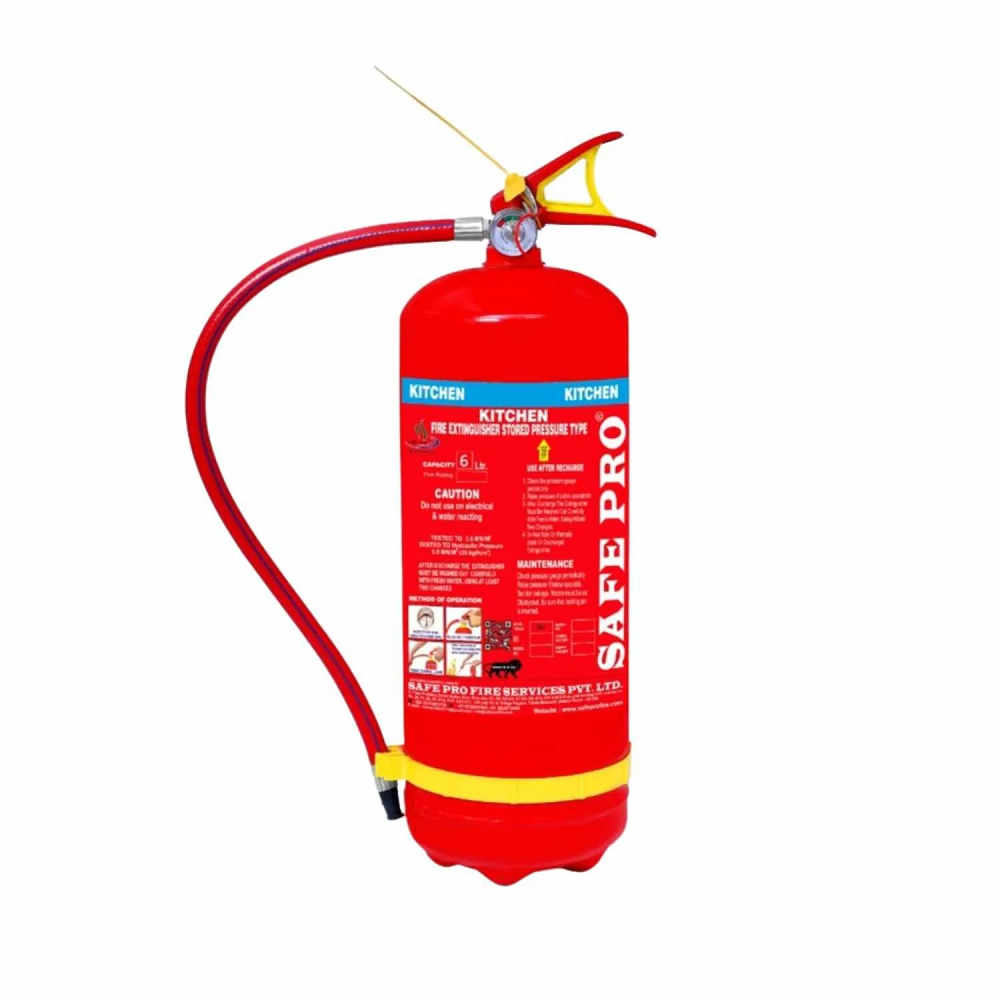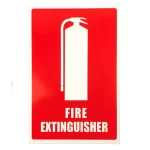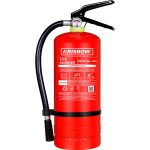A kitchen is often the heart of the home, but it can also be a hotspot for hazards, especially fires. Cooking-related fires account for a significant percentage of household blazes. Having the right fire extinguisher readily available can be the difference between a minor accident and a major disaster. Learning how to choose the appropriate kitchen fire extinguisher tailored to your needs is critical for ensuring safety. This guide breaks down the various aspects you need to consider when selecting the right extinguisher.
Understanding Fire Classes
Different Types of Fires
Fire extinguishers are categorized based on the type of fire they are designed to combat. The most relevant classes for kitchen fires are:
- Class A: These extinguishers tackle ordinary flammable materials like wood, paper, and fabric.
- Class B: These extinguishers are effective against flammable liquids such as oil, grease, and propane.
- Class C: These are for electrical fires, which can occur with appliances, wiring, and outlets.
Knowing these classifications will help you identify the type of fire you’re most likely to encounter in the kitchen, enabling you to select a suitable extinguisher.
Choosing Multi-Class Extinguishers
Consider looking for extinguishers rated for multiple classes. For example, a fire extinguisher rated ABC can tackle a wide range of fires, including solid fires, flammable liquids, and electrical fires. This versatility provides an added level of safety, as kitchens can typically present multiple fire risks all at once.
Always check the label on the extinguisher’s body. This will inform you of the classes it can combat, ensuring you have adequate protection for different potential kitchen hazards.
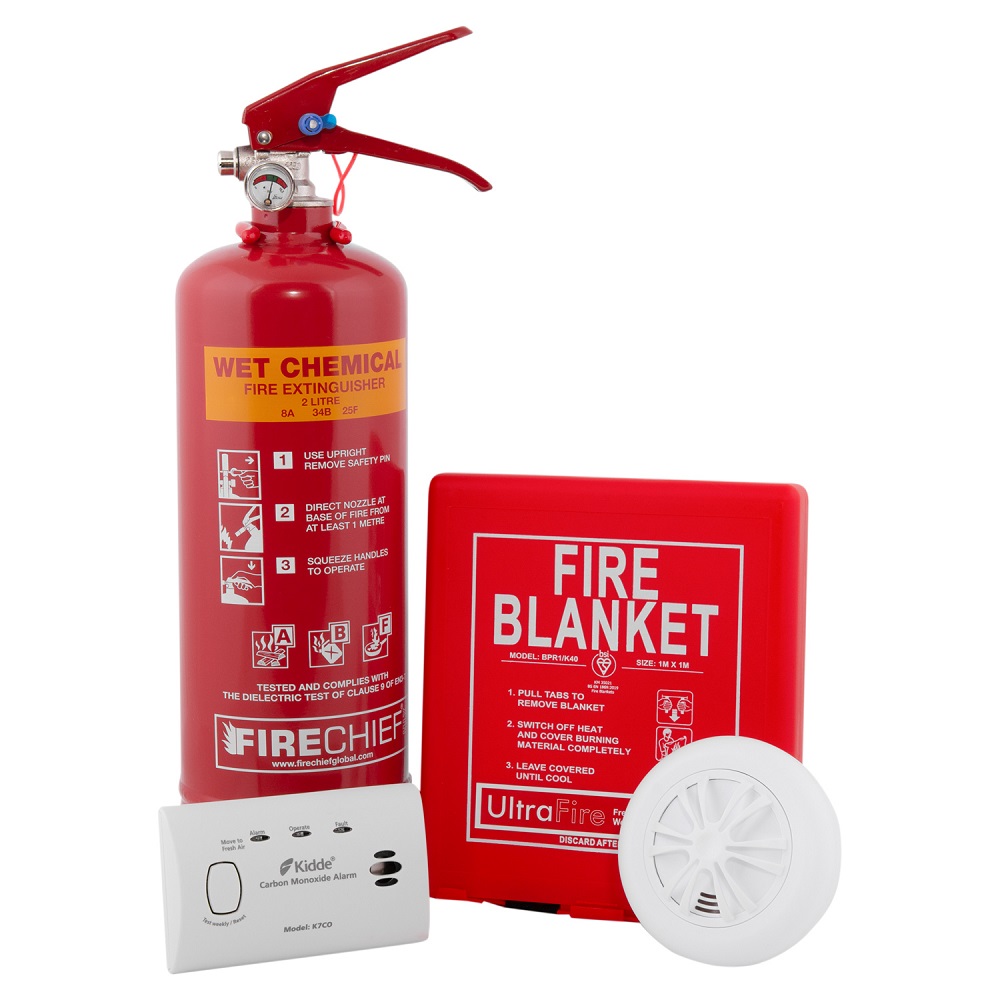
Size and Rating Considerations
Portable vs. Wall-Mounted Extinguishers
Fire extinguishers come in various sizes. A common choice for kitchen use is a 2.5 to 5-pound extinguisher, which is portable and easy to handle. This size is sufficient for kitchen fires and allows quick access during an emergency.
If you have a larger kitchen or a professional-grade setup, consider a wall-mounted extinguisher; they typically have a higher capacity and are conveniently stored in an easily accessible location. Just ensure that everyone in the household knows where it’s located.
Understanding the Rating System
The National Fire Protection Association (NFPA) assigns ratings to fire extinguishers based on their effectiveness. Ratings range from 1 to 10, with higher numbers indicating a more potent fire-fighting capability. For kitchen use, look for a fire extinguisher with a rating of at least 2A:10B:C. This indicates that it can handle ordinary combustibles and both flammable liquids and electrical fires effectively.
Take the time to familiarize yourself with these ratings before making a purchase. Thoroughly understanding the rating system can empower you to select the best extinguisher for your home and kitchen needs.
Types of Extinguishing Agents
Dry Chemical Extinguishers
Dry chemical extinguishers are one of the most commonly recommended for kitchens. Their active agents—typically monoammonium phosphate—are effective against Class A, B, and C fires, making them versatile choices. These extinguishers work by interrupting the chemical reaction that allows a fire to sustain itself.
While these types of extinguishers are generally effective, be aware that they can leave a residue that may damage appliances and necessitate cleanup afterward. However, the effectiveness they offer can make them worth the slight inconvenience.
Wet Chemical Extinguishers
Wet chemical extinguishers are specifically designed for Class K fires, which include fires from cooking oils and fats commonly found in kitchens. This type of extinguisher releases a foam that cools the flames and can extinguish using a different method than dry chemicals, thereby minimizing flare-ups and re-ignition.
If you frequently cook with oils or deep fry, consider investing in a wet chemical extinguisher. It’s tailored for the unique risks of kitchen fires and can offer superior protection in those situations.
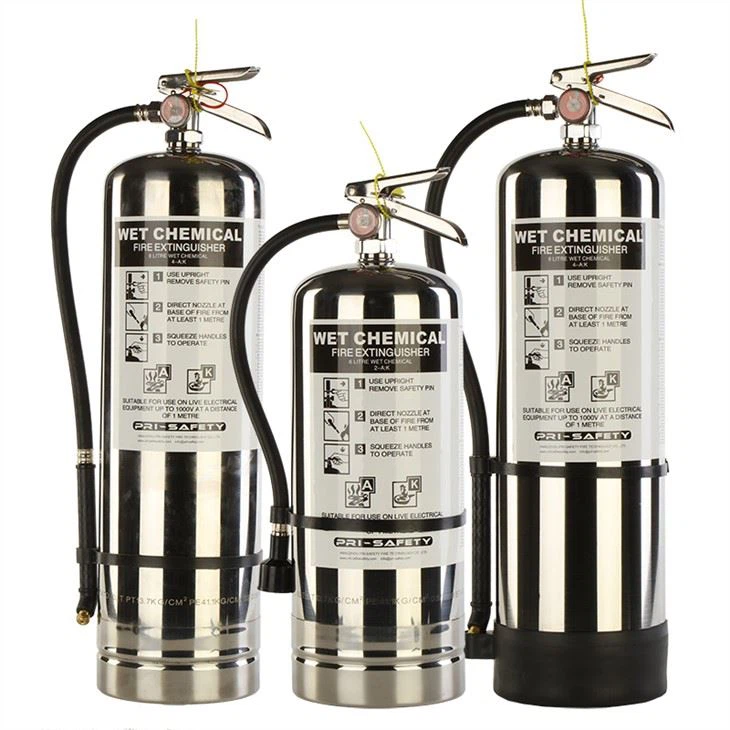
Location and Accessibility
Best Placement for Your Extinguisher
The location of your fire extinguisher can significantly affect your ability to respond in an emergency. For optimal accessibility, place the extinguisher near the exit of your kitchen, not directly in the cooking area. This allows you to access the extinguisher quickly without putting yourself in harm’s way.
Additionally, make sure it is mounted at a height that is easily reachable for all adults in the household. Keeping it within arm’s reach will make it easier and quicker to grab during an emergency.
Regular Accessibility checks
Once your fire extinguisher is installed, incorporate checks into your routine maintenance schedule. Regularly inspect the extinguisher for any signs of damage or wear. Ensure that it is fully charged and that pressure gauges indicate sufficiency.
Taking the time to conduct these checks may seem minor, but it can save lives by ensuring that your extinguisher is functional when you need it most. Take note of any expiration dates, and replace or refill extinguishers as necessary.
Maintenance and Care
Regular Inspections
Proper care and maintenance are key to ensuring your fire extinguisher functions when needed. Check the pressure gauge monthly to ensure it is within the recommended range. Additionally, visually inspect the unit for any physical damage, rust, or leaks.
It’s essential to keep the extinguisher clean and free of obstructions, as any blockage can hinder access during an emergency. Furthermore, refer to the manufacturer’s guidelines for any specific care instructions.
Servicing Requirements
Most fire extinguishers require professional servicing periodically, usually every five to six years. This service includes refilling, recharging, or replacing any broken components. Be sure to follow any guidelines provided by the manufacturer regarding servicing.
In the event you use the extinguisher, even for a small fire, always have it checked and serviced afterward, even if it appears functional. An unserviced extinguisher might fail to operate during the next emergency, so make this a priority.
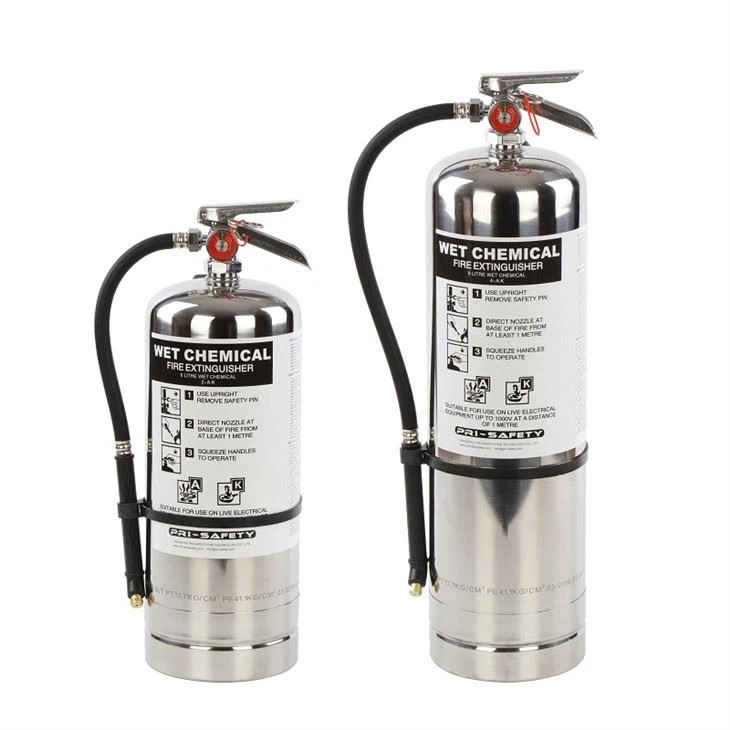
Training and Awareness
Educating Household Members
Having a fire extinguisher is only part of fire safety. Educate every member of your household on how to use it correctly. Consider conducting a mock drill to ensure everyone understands the process. Familiarity with the steps—“PASS” for Pull, Aim, Squeeze, and Sweep—will increase confidence and readiness in a real emergency.
Explaining the importance of knowing when to use an extinguisher can prevent dangerous situations from escalating. If a fire cannot be controlled quickly, inform everyone that it’s safest to evacuate immediately and call emergency services.
Understanding Fire Prevention
In tandem with having an extinguisher readily available, engaging in preventive measures is equally critical. Encourage the household to maintain a tidy kitchen, free of flammable materials close to the stove. Regularly check appliances and cords for malfunctions or wear, as faulty equipment can lead to potential fires.
By fostering a comprehensive understanding of fire safety and prevention, your household will be better prepared to respond to emergencies effectively.
Making an Informed Decision
Evaluating Your Needs
Consider your unique cooking habits and kitchen setup when choosing a fire extinguisher. Are you someone who frequently cooks with oils? Or do you primarily use the kitchen for light meals? Assessing these habits will guide your choice in selecting the appropriate extinguisher type and size.
Additionally, think about the overall size of your kitchen. Larger kitchens may benefit from multiple extinguishers placed strategically for maximum accessibility. Weigh all these factors to optimize your decision-making.
Final Thoughts on Fire Safety
Taking the time to choose the right kitchen fire extinguisher can greatly improve your home’s safety. By understanding fire classes, selecting the right size and type, and committing to regular maintenance, you can create a safer environment for you and your family.
Remember that effective safety measures go beyond simply purchasing a fire extinguisher. Education, awareness, and preparation all play a vital role in fire management. By investing time and effort into fire safety, you can enjoy peace of mind while cooking in your kitchen, knowing that you are well-prepared for any emergencies that may arise.
